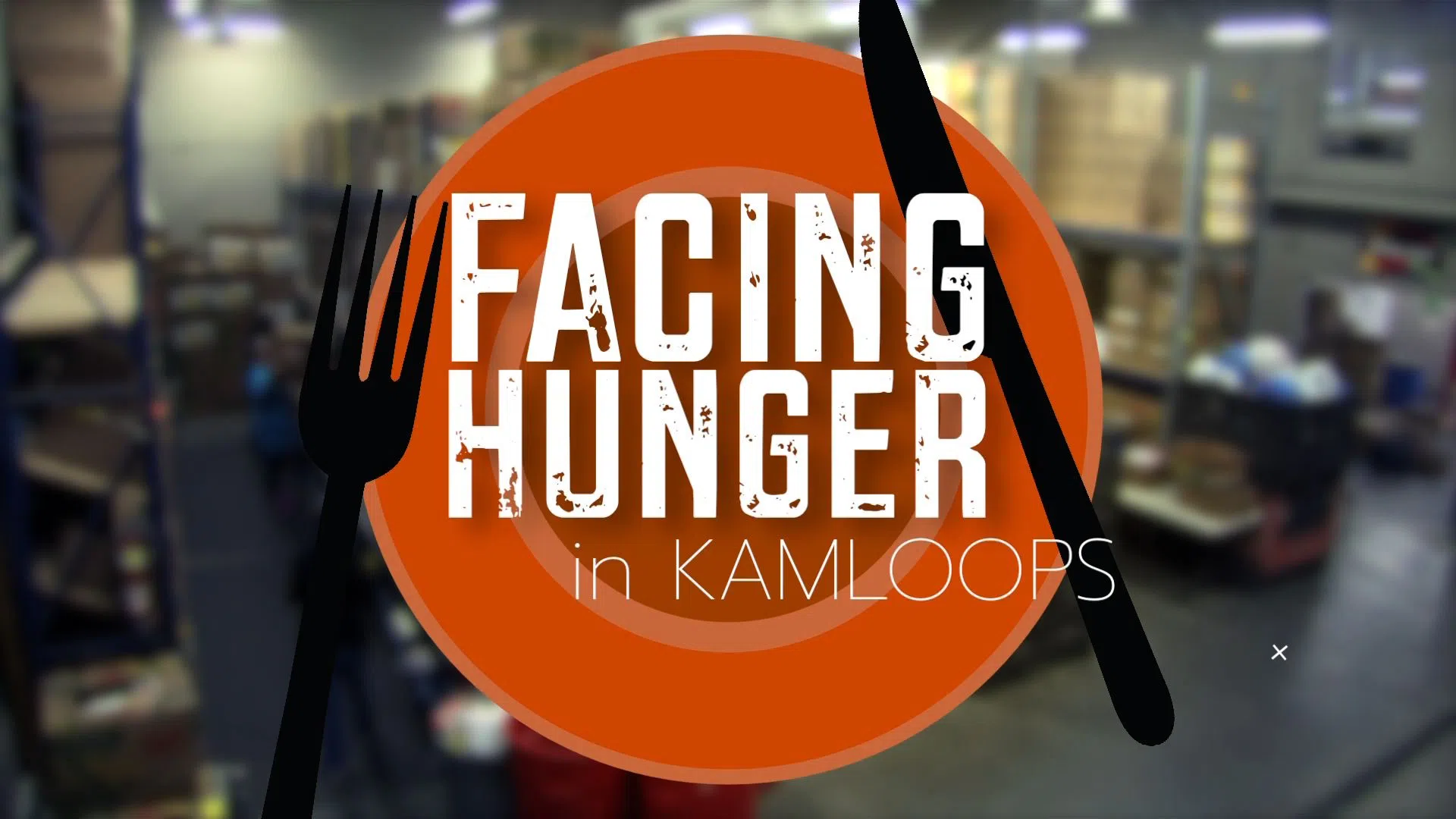
Facing Hunger: The Kamloops Food Bank’s FoodShare program
KAMLOOPS — From January to October of 2018, the Kamloops Food Bank helped feed over 6,000 residents of our city, while supplying perishable and non-perishable food to over 60 different community agencies who feed those in need. Since the beginning of 2019, CFJC Today has been documenting the food bank; from how they get nearly two million pounds of food from across the community, to the volunteers who work countless hours to make sure that food gets to those who need it. In part one of the series ‘Facing Hunger looks at how the Kamloops Food Bank has changed the way they get the food that feeds our community.
Shortly before 7:00 am on a Sunday morning at the Kamloops Food Bank — the start of the week for Kamloops Food Bank driver Jovan Rodrigue. Jovan is prepping one of three trucks the Food Bank uses to gather thousands of pounds of food every week.
“I drive to the stores all over town and pick up food and then bring it back here [to the Food Bank] and unload it… then we sort through it,” Rodrigue explains.


